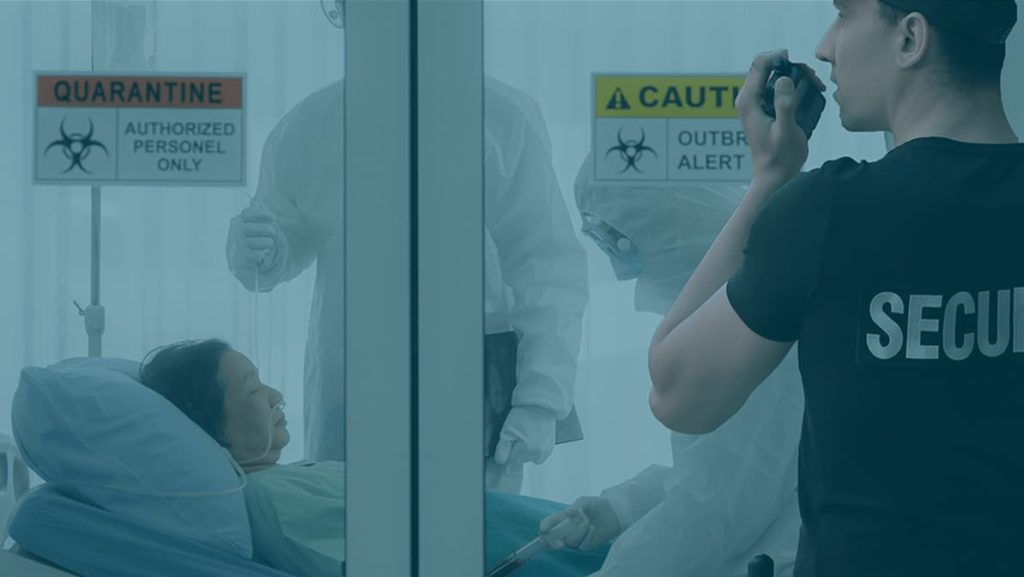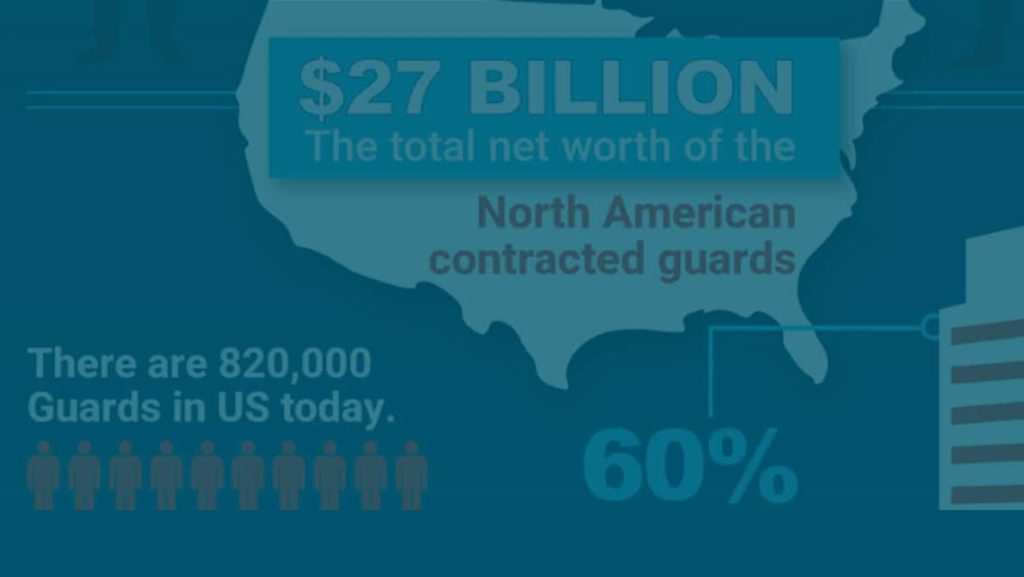It’s no question that our industry deals with daily physical security threats in our facilities, airports, hospitals, schools, and retail stores. The only way to effectively conduct business is for physical security teams to proactively manage risk. Without it, organizations would be unable to host employees, guests, students, patients, or visitors, ship goods, track assets, travel, and more.
Instructions from CSOs, CISOs, and senior leadership are clear: a secure business enables it to manage common threats and maintain function each day and every day.
The Security Benchmark Report is an annual report published by Security magazine. The report details the Top Issues/Concerns for Security Leaders, which include:
- Workplace Violence
- COVID-19 (and pandemics)
- Business continuity and business resilience
- Cybersecurity
- Civil unrest, disturbances, riots, activists, targeted protests
- Crisis management
- Staffing and training
- Insider threats
- Risk and threat intelligence
- Natural disasters
In this blog, we’ll go beyond the top 10 issues to highlight:
The Top 5 Issues Facing Security Teams right now
Workplace Violence
Workplace violence continues to be an issue in healthcare, education, recreation, and more, costing businesses about $130 billion every year. Often, security guards play the role of the first responder as they manage verbal abuse, physical threats and assaults, active shooter threats — even homicide.
Nearly two million people become victims of workplace violence annually; one in seven people don’t feel safe in their workplace. With workplace violence prevailing common areas and facilities, security guards must continue to mitigate physical security vulnerabilities against unwanted visitors, violence, and threatening incidents.
Cyber and Physical Security Concerns
Security guards may not think that they play a role in a company’s cybersecurity strategy, but they should. According to IBM’s 2022 Cost of a Data Breach Report, data breach costs rose from $3.86 million to $4.24 million. The most common initial attack vector, compromised credentials, was responsible for 20% of breaches at an average breach cost of $4.37 million.
Cybercriminals will use every tool they can to breach a facility and steal data, but criminals are less likely to target a facility that has full-time security teams in place. To mitigate physical security risks of a data breach, guards can and should play an important role in ensuring that only authorized credentials are allowed into a facility.
Outdated Technology
Modern security teams need modern equipment. The days of sending a guard on tour with only a good torch, strong pair of boots and walkie talkie are past.
Security guards need to be outfitted with the latest in guard tracking software to communicate with dispatch, record incidents and stay on top of their assignments. Sending a guard on tour not properly equipped is an added threat to the safety of the security officer in the field and the assets they are responsible for protecting.
COVID-19
In a typical year, guarding companies are focused on threats like visitor management, active shooters, terrorism, and more, and those concerns remain this year. However, the COVID-19 pandemic forced security guards to adapt to new challenges.
Stay-at-home mandates meant that fewer employees were going into office buildings and facilities. However, more buildings and facilities are now open, and employers are asking employees to return to work.
One challenge is requiring security guards to learn about PPE protocols and employee screening procedures and technologies. It has also tasked guards with handling temperature checks and enforcing mask wearing, all while trying to protect themselves from the virus. It has called on security guards to handle customer interactions differently, to protect both parties.
Even more, the pandemic has created a new perimeter, as many facilities are setting up screenings and checking vaccination status further away from a facility’s entrance. These challenges will continue in 2022 and beyond.
Overcoming Security Challenges to Fuel Business Success
Success in business requires a safe working environment. Security teams are responsible for providing the safety and security needed for businesses to grow. By staying aware of the leading threats facing clients and assets, corporate to private security teams can use the latest risk mitigation strategies to meet these threats head on.
Overall, a risk mitigation strategy may not be as difficult to set up as one may think. When security teams are provided with the resources to meet the everyday challenges of their roles; including the proper training, the right tools, and effective leadership, security teams can tip the scales of risk in favor of stability.



